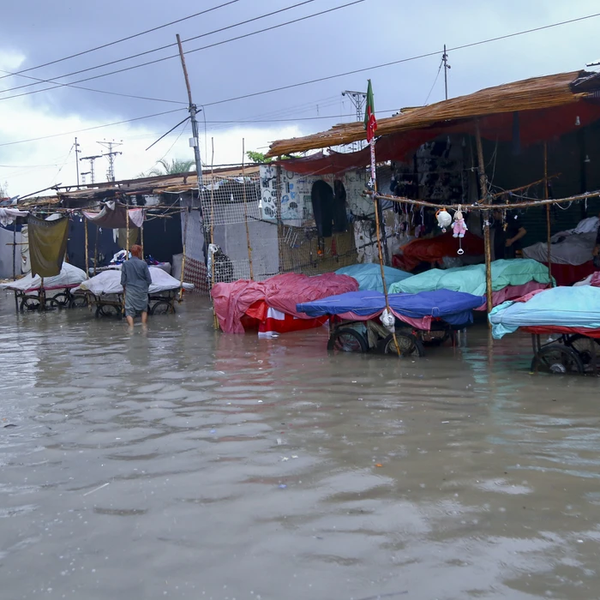ADB maintains Pakistan’s growth at 3%, inflation under 6% for FY26
Regional outlook dims amid global trade tensions
Business Desk
The Business Desk tracks economic trends, market movements, and business developments, offering analysis of both local and global financial news.

Photo by Nataliya Vaitkevich via Pexels
The Asian Development Bank (ADB) has estimated that Pakistan's economy will grow by 3% and inflation will remain under 6% during the current fiscal year, according to a report released on Wednesday.
According to the Asian Development Outlook (ADO) July 2025 report released Wednesday, Pakistan's economy provisionally grew 2.7% in FY2025, resulting in a slight upward revision, while the growth forecast for FY2026 is unchanged.
The revised growth forecast in Pakistan accounted for the higher-than-expected uptick in the industry and services sector, even as the expected declines in agricultural output come to pass.
In Pakistan, the accelerated decline in food and non-food prices for the first 11 months of FY2025 revised the inflation forecast for FY2025 downward, while the outlook for FY2026 remains unchanged.
In the April 2025 ADO, the bank projected 3% economic growth and 5.8% inflation rate for current fiscal year.
Regional outlook
The region is now expected to grow by 4.7% this year, down 0.2 percentage points from its April forecast. The 2026 outlook has also been trimmed to 4.6%, from the earlier estimate of 4.7%.
“Asia and the Pacific has weathered an increasingly challenging external environment this year. But the economic outlook has weakened amid intensifying risks and global uncertainty,” said ADB Chief Economist Albert Park. “Economies in the region should continue strengthening their fundamentals and promoting open trade and regional integration to support investment, employment, and growth.”
The report warns that the region’s economic prospects could worsen if U.S. tariffs escalate or if global trade tensions intensify. Other downside risks include geopolitical conflicts that may disrupt supply chains and raise energy prices, along with further deterioration in China’s property market, which remains a critical pressure point for the region.










Comments
See what people are discussing